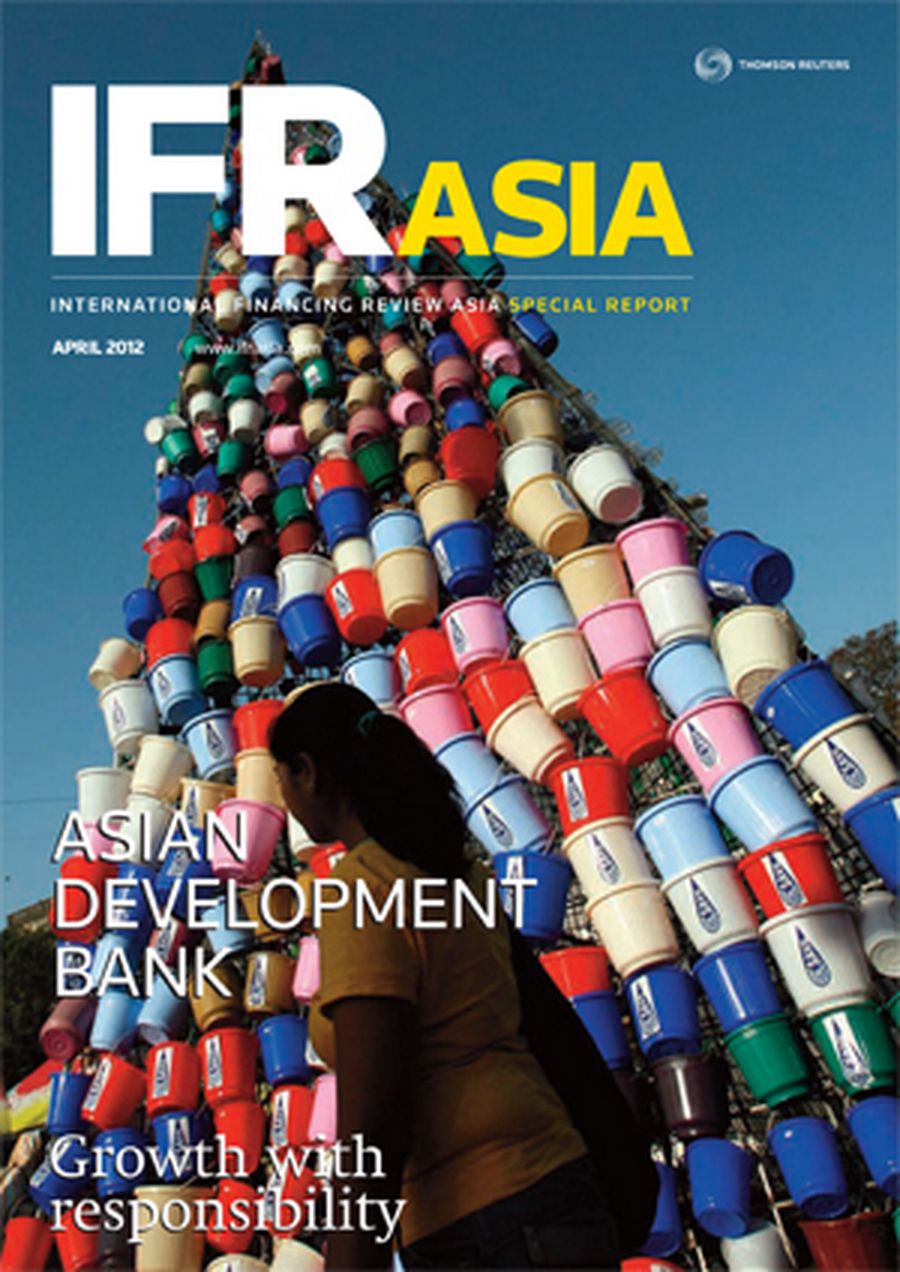
Source: Reuters/Arko Datta
A woman walks past a 40 feet high pyramid structure made from plastic buckets and bottles at Kala Ghoda arts festival in Mumbai
Manila is a familiar setting for most ADB staff. Even those accustomed to fighting the city’s traffic on the commute to the bank’s Ortigas base, however, are worried about the strain this year’s annual meeting will place on Manila’s creaking transport infrastructure.
The traffic congestion in Manila is an all-too-common problem in Asia’s fast-growing cities. It is the result of years of under-investment in infrastructure, rampant urbanisation and rapid economic growth.
It is also a good starting point for this special report. Having navigated their way skilfully through the last global financial crisis, Asia’s leaders are now shifting their attention to longer-term social matters. Congestion, pollution, governance and climate change are replacing global markets as the biggest threats to Asia’s continued growth. All are climbing up the agendas of the region’s policymakers. They should be right at the top.
The Philippines illustrates the scale of the challenges. The congested capital lags behind Bangkok and Jakarta on the ADB’s own air-quality scorecard, public sector governance remains a hurdle to its sovereign credit rating, and the country is among the most vulnerable to climate change and natural disasters.
Yet, it also offers hope. President Aquino’s government is focused on reform and has made fighting corruption a priority. Infrastructure spending is too low, but moves are afoot to spend more on it. Projects may have been delayed last year, but, if the additional scrutiny results in more efficient spending with greater environmental awareness and less cash leakage, it may have been worth the wait.
The ADB’s priority is to ensure that the rest of the region’s emerging economies – not just the Philippines – focus more on the social impact of growth. If a crisis bands people together, there is a risk that complacency can seep in while growth is ticking along comfortably.
Asia may be in rude health, at least in comparison with Europe and the US, but many challenges remain. Private sector investment remains fickle and the global capital markets are as flighty as ever. The drive towards regional integration has slowed, climate change is here to stay, and governance remains a concern in both the public and private sectors. Inequality is growing. When it comes to fighting poverty, Asia cannot assume that a rising tide will float all boats. Just as Manila’s traffic illustrates, growth is not a one-way street.
To view the digital version of this report, please click here.
